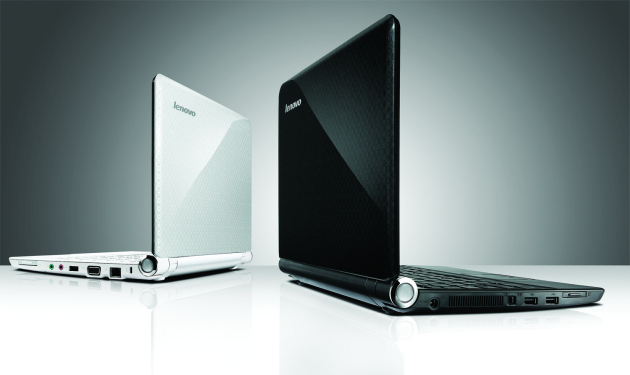
Laptop computers are an excellent solution for people who need to access their files and data from various locations. Mobile workstations on the other hand, which I popularly refer to as ‘horses’, do the more tedious works for professionals-on-the-go. In recent times, technology has forced majority of us to carry our businesses with us on the move. You may need to upload a file on the internet in a rush, or you may just need to export a heavy media file. Choosing the right computer to suit your work/business requirements does not mean just doling out some lots of cash without getting value for it.
The following tips will be useful while choosing a laptop or a mobile workstation.
1. Price
You should still expect to pay more for a laptop than for a comparable desktop computer. You really are paying a premium for the added flexibility a laptop offers. Something else to bear in mind is that laptops are much harder to upgrade than desktops, so you should look for a laptop that meets all of your needs from the start, as the ability to upgrade components later on is much more expensive.
2. Battery life
While the big attraction of laptops is that they offer the freedom to use your computer anywhere, remember that this is not strictly the case. Take special care to note the average battery life of your laptop. Some machines can only manage around 2 hours. If you will be running your laptop on batteries a lot look for a long battery life. Usually this is where 9-cell batteries are more advantageous even though they are more expensive. Working at the rear seat of your car in a 3-hour traffic can spell a lot for your deadlines.
3. Display type and size
The screen of your laptop is the main interface that you will use to interact with, so it is important that you get the right type of screen for you. Make sure that your laptop features a TFT screen; these screens give a brighter display which can be viewed from an angle. Non-TFT displays seem dim and have to be viewed from straight on. The downside to being so portable is that most laptops have smaller screens than desktop systems. If you are used to a large display then you will be able to get this in a laptop, but it will add to the overall cost and weight of the laptop. We all know that the bigger the screen, the heavier the laptop, but the crispier your details most likely are going to be. #fact.
4. Connectivity
More or less all laptops offer the same connectivity options today, but if you have any special requirements you should be sure to make sure your laptop can meet these needs. For example, it would be very embarrassing to turn up to an important business presentation and discover that your laptop doesn’t actually have the correct type of port to allow it to connect to your company’s projector. HDMI ports and Firewire ports are also essential to improve connectivity with recent electronic devices.
5. Software requirements and power/speed ratio
As with desktop computers, you will have to pay more for a faster processor, a high-end graphics card, or for a large amount of RAM and hard-drive memory sizes. Be sure that your new laptop can meet the system requirements of all of the software or games you want to run on it. It really is worth buying the best you can afford when it comes to power, as you will want your laptop to last for years to come. Remember it is harder to upgrade a laptop, so make sure you have enough power for the foreseeable future.
Conclusion
Buying a laptop or mobile workstation can be a great investment,since it gives you much more freedom over where and when you actually work. Hopefully this guide will show you how to buy a laptop/mobile workstation, and help you in making your next purchase. But remember, do not buy what you don’t need especially if you are constrained by your budget.
::fact:: Your tool determines your productivity.. take your tool with you..





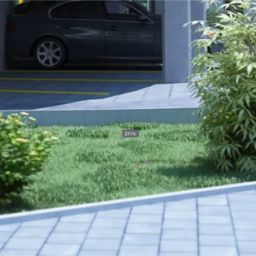
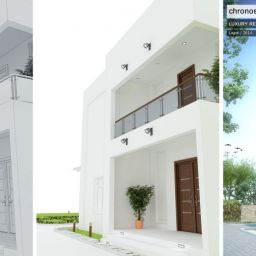
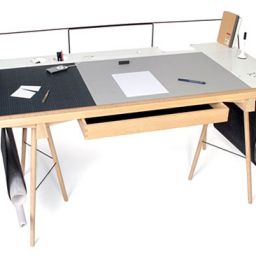

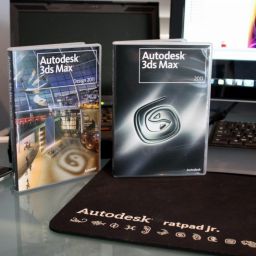
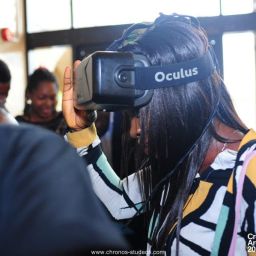

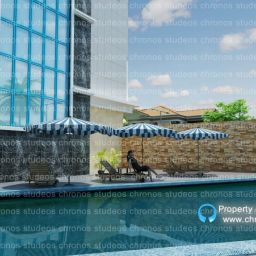
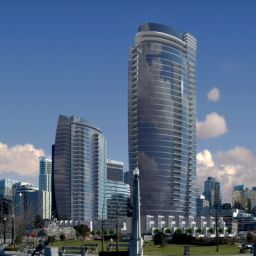
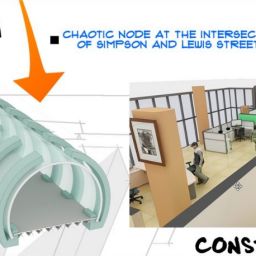

That is the best weblog for anyone who desires to seek out out about this topic. You understand a lot its nearly onerous to argue with you (not that I really would need?HaHa). You definitely put a new spin on a subject thats been written about for years. Nice stuff, simply nice!
Aloha! I’ve just stopped by to say thanks for this awesome info. Take care!
Whats up! I just wish to give a huge thumbs up for the nice info you could have here on this post. I shall be coming again to your weblog for more soon.
Good currently being visiting your blog all over again, it’s been a few months for me personally. Nicely this content that will ive already been patiently lay regarding too long
Hello everyone, i just installed a new PSU and GPU. I think i hooked everything up fine, then my PC got shut down twice, i thought it was the CPU overheating. I connected the fan in more tightly, that may have been the problem. However, my CPU is having a hard time running basic programs. As Im typing this, my CPU percentage is fluctuating between as low as 10% and as high as 30% or even 60% at times!! Im pretty sure i have no viruses, infact, this issue didnt start happening until i installed the new parts. Is it overheating? BIOS upon bootup says my temps are like 37degrees celsius. Anyone have ideas?
@ Rae.. thanks for the comments…
@ Acer battery.. well.. sometimes.. choosing a laptop, you might want to think about the TFT screen brightness too.. one of my laptops has a very giant and bright screen.. even though at the detriment of a 4-hour battery life.. but i enjoy it.. especially when i require some bit of illumination in my roomspace @ lights-off.. laughs..
Hola,
Gracias por la ayuda en esta pregunta.
Really enjoy the modern layout. I enjoyed this article. Thanks for this helpful entry.
Wonderful blog post, cool page style, keep up the good work
ok, I am running on batteries now. The only light in my place is my computer. Should I have turned that off too?
I ran into this post.. It so worth reading..
I like big screens.. they offer me the flexibility to work with details.. I have always used a 17″ inches screen.. they are real handy when it comes to architecture and visualization.. i’d recommend 15″inches for regular users anyway.. spreadsheets and document editing can be efficiently done on them.
I currently use a laptop that gives me exactly what i want. Battery life is a key factor if you want to carry your work with you..
Wow.. thanks.. this is helpful. I have been contemplating on getting a laptop recently but pretty confused about what to look out for. Now, I think am equipped enough to walk into a store and pick up what exactly I need..
thanks a million for this post. id like to knw likely configurations for a rendering workstation.if I dnt wanno do network rendering. especially one available in d country. thanks
Olutayo, thanks for thanking us.. workstations available in the country can be coupled. your best bet is computer village in lagos. your configuration depends largely on your budget but personally, i will say, in this age, at least work with an intel core i7 series workstation and some generous RAM of about 16GB. which is the least specification in our studeo.. I hope this is useful.
I think the system requirement should be the number one point.
Hi,
The blog was awesome. Can anyone suggest me a laptop for doing 3D animation professionally…..
Thanks
hi Lijo.. Have you seen the Dell Precision series?? http://www.dell.com/us/business/p/precision-laptops
I would recommend the following laptops for heavy 3d jobs and processes.
The lenovo y50 and y70, lenovo idea pad y510p, alienware m17x R4 and the aspire v7
Cheers.
Nice write up Uncle Hassan.
Thanks for sharing XL.. if you can share links to the specs we will appreciate. Many thanks again
I liked your writing style, diction and content of this post.
Loved it uncle Hassan.